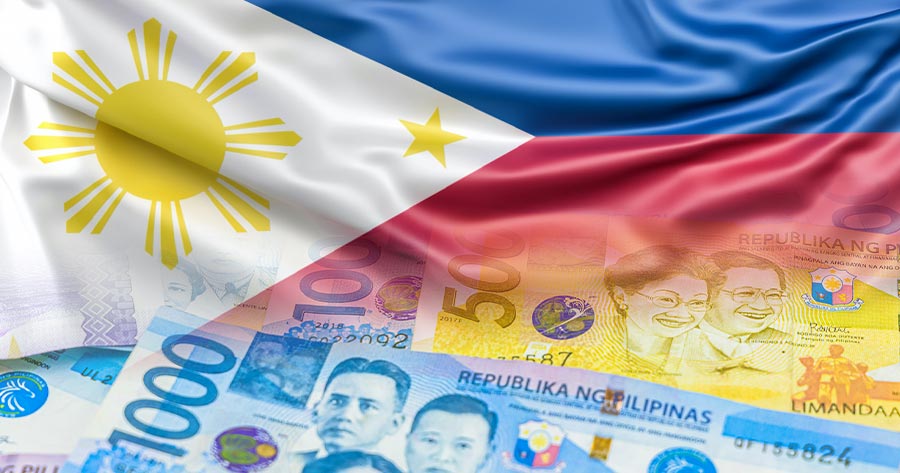Philippines central bank (The Bangko Sentral ng Pilipinas: BSP) has an emergency interest rate raising from 6.25% to 6.50% to catch up with the inflation. This off-cycle move by Governor Eli Remolona occurred in the late afternoon of 26 October, which also weakened the Philippines’ peso by another 0.2% to 56.97 peso per dollar, on top of the 4% weakening in the past three months.
The Governor said it is “urgent” for the monetary board to take action to prevent the supply-side price pressure and force inflation expectation down. The BSP has already hiked its rate by 450 basis points since May 2022, the most aggressive tightening in two decades.
However, Remolona still views that it might not be enough as he would consider the hike again in the next meeting on 16 November. He committed to reverse the inflation trend until it became “evident”, while the BSP adjusted its forecast for the 2024 inflation from 4.3% to 4.7%, which is still above the 2% to 4% range target.
The Governor said this inflation is caused by oil price and the on-going conflict in Israel. In addition, the meeting minutes published earlier on 19 October pointed out that the El Nino, food supply constraints, high energy and transportation cost are also the cause of inflation.
Remolona did say earlier this week that an off-cycle rate hike was on the table at the moment; if the data says inflation will go up very significantly and if there is a risk affecting expectations, the central bank may roll with it as early as Thursday.
An off-cycle move on interest rate is not a common practice among central banks, but can be seen several times in the past decade or two. The Russian central bank announced an emergency move this August to raise its key policy rate by 350 basis points to 12% as the rouble continued to slide.
Meanwhile, the US Federal Reserve made two off-cycle cuts in 2008 due to fear of recession and the collapse of Lehman Brothers. Three more cuts were also recorded in 2001 as policymakers tried to shore up the economy in January and April. The final cut of the year came after the 9/11 attacks.





